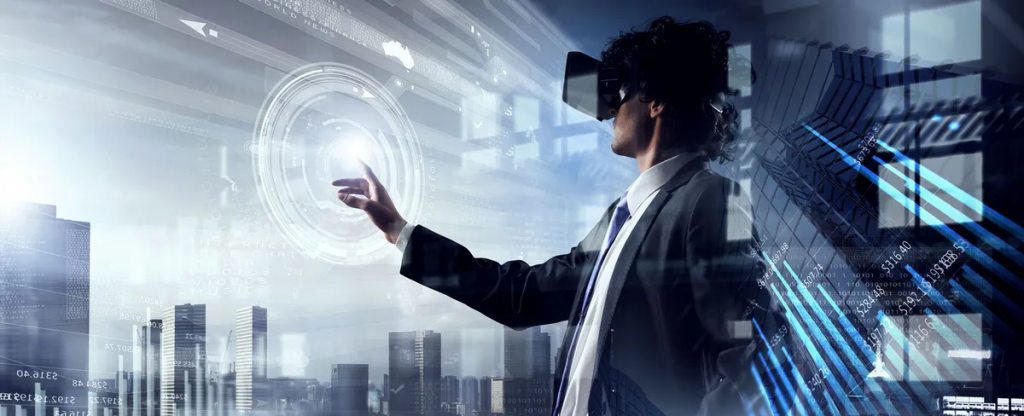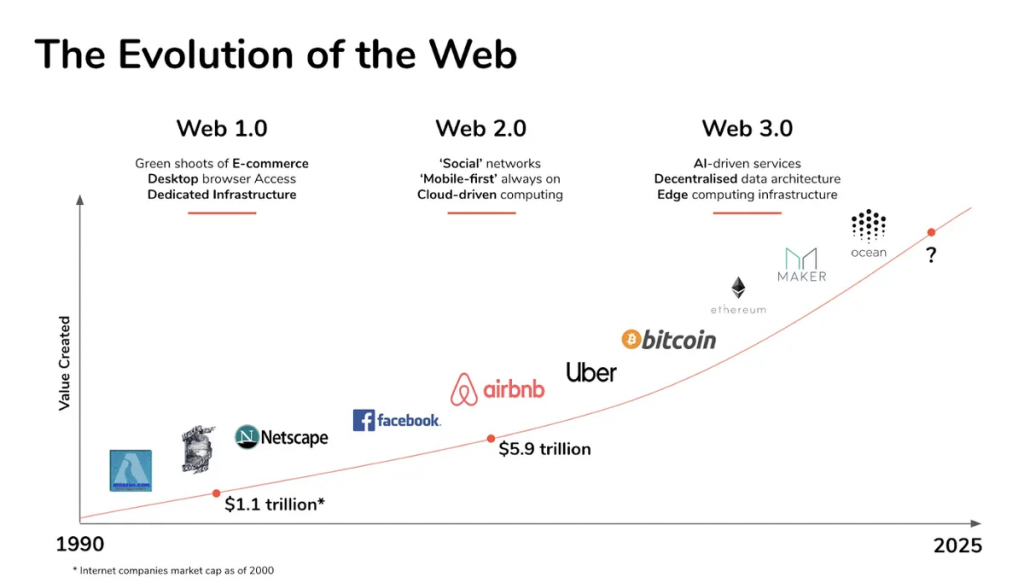
Let’s begin with what really drives choices in the business world: numbers. The annual “Follow the Money” report, published by Bocconi’s Digital Enterprise Value and Organization Lab, showcases that the two concepts underlying the new evolution of the internet, the Metaverse and the web3, are able to attract not only media attention, but also substantial financial investments.
Globally, companies and start-ups operating on Metaverse technologies attracted over $430 million in investments in the last quarter of 2021 alone, compared to a total of 11 million in 2020. 83 percent of investments in 2021 concentrate starting from the month of October, in conjunction with the rebranding of Facebook in Meta. At the same time, since the two issues are often linked in the managerial discussion, an investment trend has started in companies specialised in web3 technologies which has seen a growth of 142 percent between the whole of 2021 and the first quarter of 2022, reaching over 380 million of dollars from January to March 2022, against the total 157 million of the previous year.
But where are these investments headed? Capturing the attention of investors in the Early Stage, Seed and ICO (Initial Coin Offering) phases are Metaverse companies such as NAVER Z, a platform for designing 3D worlds, filling them with virtual objects and launching live streams to interact between users; or Inworld AI, a platform for the creation of avatars and characters driven by artificial intelligence; or Space, a platform that combines digital commerce and socialisation according to the immersive experiential paradigms of the Metaverse. On the web3 front, interest shifts to a more infrastructural layer of technologies, with companies such as Mina, The Graph and QuickNode committed to building scalable protocols to lay the foundations for the new web.
Dwelling on the current managerial debate, an obvious problem is that the concepts of Metaverse and web3 now tend to be superimposed and used interchangeably to characterise the current evolutionary phase of the internet. Seeing the web3 as a new phase of the web – after the birth and growth of the internet (eighties and nineties) and the affirmation of web 2.0 paradigms (from 2004 to today) and placing the immersive virtual worlds of the Metaverse in the new meaning – represents however, an oversimplification, which can lead companies to overestimate some opportunities, as well as underestimate some risks. Opening an immersive virtual space on Roblox, the reference platform for the Alpha generation, does not necessarily mean entering the web3, just as buying an NFT does not make us citizens of the Metaverse. To better understand how the two technological concepts are linked and can be exploited, individually or in association, as well as what risks can derive from them, it is good to focus on their respective definitions and, above all, on the value that each can bring.

The term Metaverse was coined by Neal Stephenson in the novel Snow Crash in 1992 to indicate a three-dimensional space within which individuals can move, share experiences and interact through personalised avatars. To date, the term Metaverse is used to indicate, in a broader sense, an interactive, advanced and immersive experience, in which users can socialise, receive professional training, play, take lessons, participate in meetings, have cultural experiences and much more. other. There are many technologies that enable this type of experience – for example, advanced virtual graphics, computer vision, and data analytics. Of all, without a doubt, a fundamental role is played by virtual reality (or VR) which enables immersive accessibility to these new virtual worlds.
The term web3 was coined in 2014 by Gavin Wood, co-founder of Ethereum and developer of Polkadot. The web3 aims to become a new decentralised internet network thanks to the use of the blockchain, the technological infrastructure on which Bitcoin and other cryptocurrencies are based. In the web3 the data would no longer reside on a network of centralised servers, but would be spread evenly throughout the network. This need arises from very pragmatic evidence.

Currently, the information exchanged via the internet is tracked by some well known tech-giants (especially by the famous GAFA-Google, Apple, Facebook and Amazon) and the levels of privacy guaranteed to users are very limited. Having a more open and democratic web available is the driving force that pushes many techno-utopians to focus on the web3. A cyberspace that should restore to the internet that nature of an open, uncontrollable and accessible to all environment, dusting off the initial promises of the nineties, then broken in an oligarchic structure controlled by well-known actors.
The implications of these initial reflections for companies and managers facing these issues are many. Above all, it is necessary that the initial evaluations of new use cases linked to these paradigms take place precisely on the guidelines of the decentralisation level of the infrastructure (web3) and the level of immersion of the experience (Metaverso), weighing these characteristics on the basis of company objectives and the needs of target users. There is currently no prevailing approach, it will be quite interesting to see which logics will assert themselves in the coming years.
However, it must be said that the benefits of an immersive experience or a decentralised infrastructure correspond to risks. In the case of decentralisation, the risks arise mainly from limited scalability and the absence of governance and control. For immersion, it should not be forgotten that the level of maturity of the enabling technologies, VR above all, is still evolving and not completely adequate to support the long-term vision of many use cases.
These considerations must help us to avoid a repetition of what happened in the 2000s with the Second Life experiment, which, after an initial moment of euphoria, was greatly reduced due to the lack of a strong purpose of the project capable of intercept real needs of users.
References
Minevich, M. (2022) The metaverse and WEB3 creating value in the future Digital Economy, Forbes. Forbes Magazine. Available at: https://www.forbes.com/sites/markminevich/2022/06/17/the-metaverse-and-web3-creating-value-in-the-future-digital-economy/?sh=4a5bf51f7785 (Accessed: October 9, 2022).
Blockchain and the Metaverse Boost Startup Investments (2022) SDAB. Available at: https://www.sdabocconi.it/en/news/blockchain-and-the-metaverse-boost-startup-investments (Accessed: October 9, 2022).


